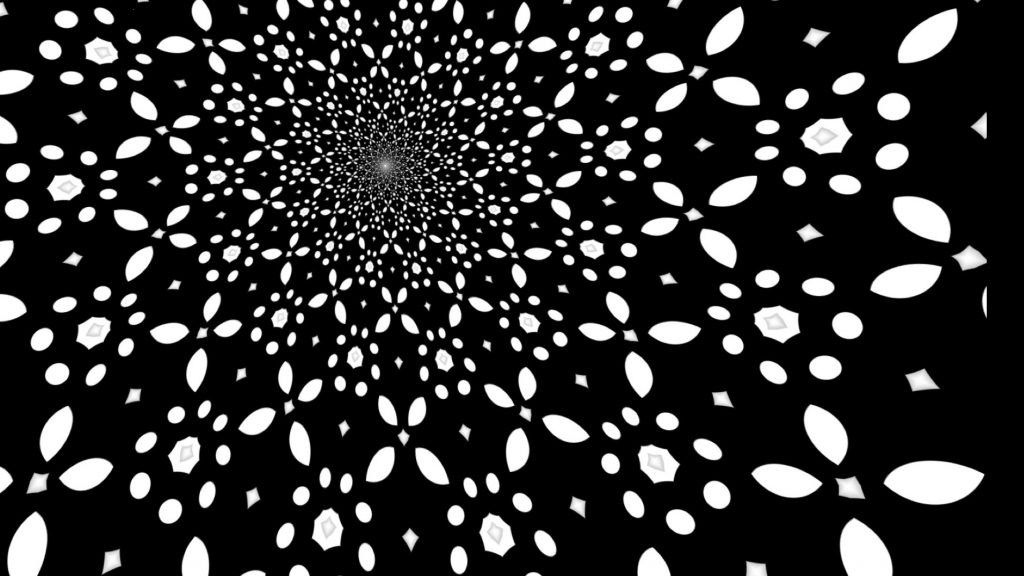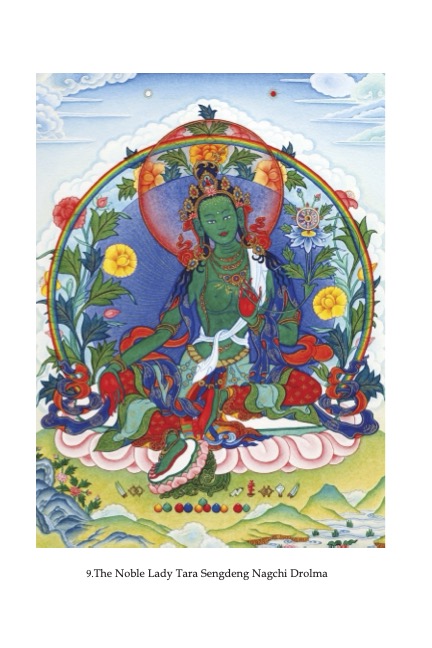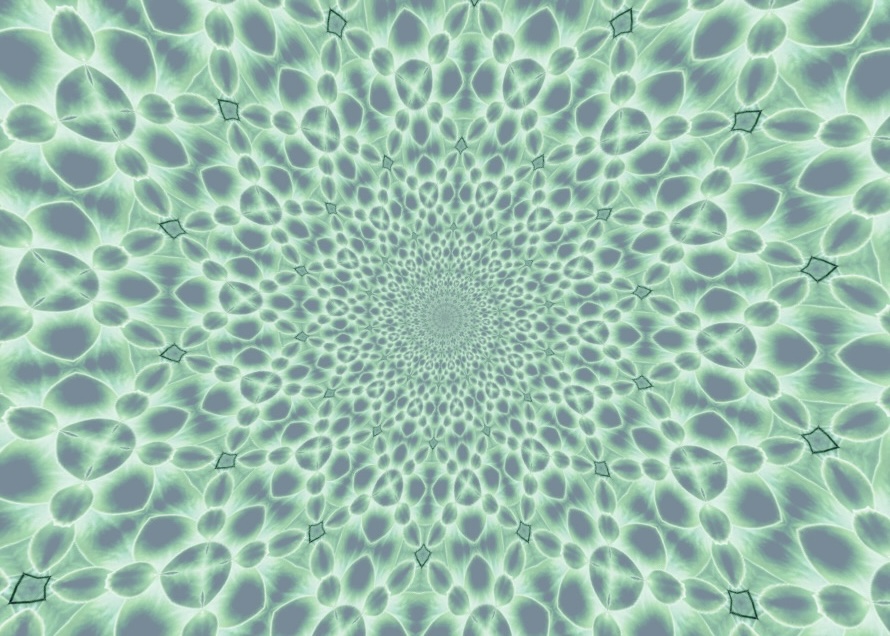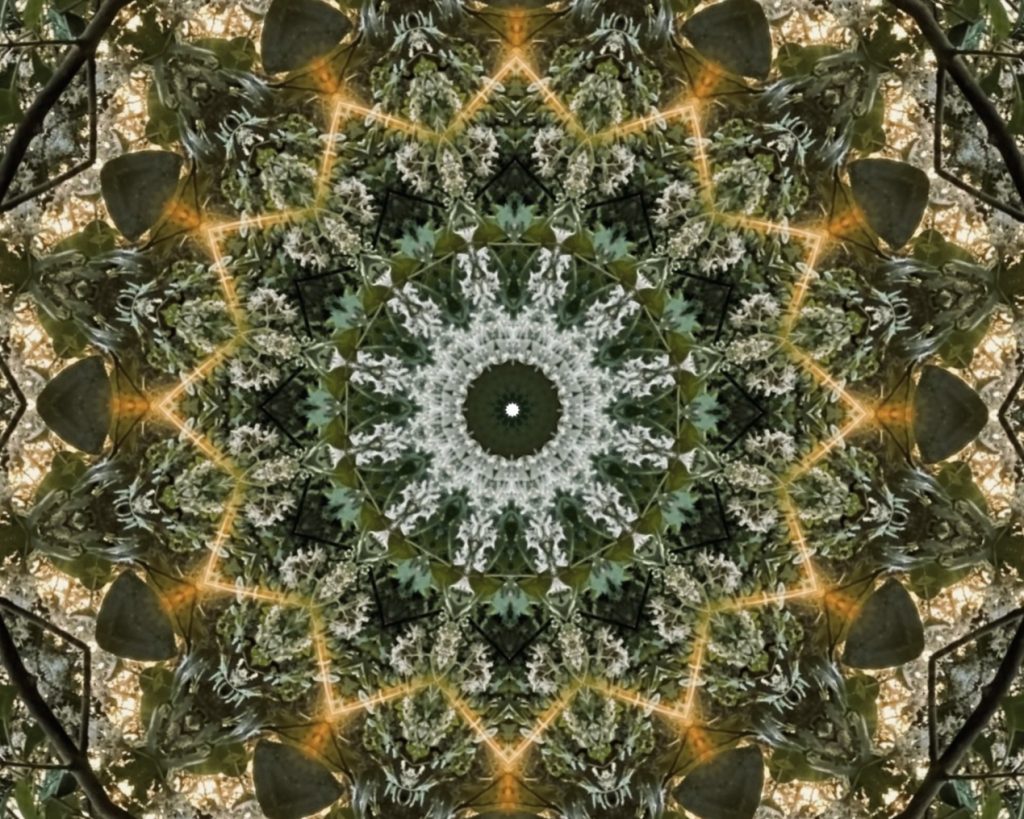PSYCHOLOGICAL COMMENTARY ON “THE TIBETAN BOOK OF THE DEAD”
(excerpts from)
By C.G. Jung
Herein bolded and indented: quotes by Jung from “The Tibetan Book of the Dead“, or “The After-Death Experience on the ‘Bardo’ Plane”, according to Lama Kazi Dawa-Samdup’s English rendering, edited by W. Y. Evans-Wentz.
I do not think I could better discharge my debt of thanks to the two previous translators of the Bardo Thödol, the late Lama Kazi Dawa-Samdup and Dr. Evans-Wentz, than by attempting, with the aid of a psychological commentary, to make the magnificent world of ideas and the problems contained in this treatise a little more intelligible to the Western mind. I am sure that all who read this book with open eyes, and who allow it to impress itself upon them without prejudice, will reap a rich reward… the Bardo Thödol has been my constant companion, and to it I owe not only many stimulating ideas and discoveries, but also many fundamental insights.
The Bardo Thödol offers one an intelligible philosophy addressed to human beings. Its philosophy contains the quintessence of Buddhist psychological criticism; and, as such, one can truly say that it is of an unexampled sublimity.
“Recognizing the voidness of thine own intellect to be Buddhahood and knowing it at the same time to be thine own consciousness, thou shalt abide in the state of the divine mind of the Buddha.”
Such an assertion is, I fear, as unwelcome to [the] Western philosophy as it is to [its] theology. The Bardo Thödol is in the highest degree psychological in its outlook; but, [within the Western traditions], philosophy and theology are still in the medieval, pre-psychological stage where only the assertions are listened to, explained, defended, criticized and disputed, while the authority that makes them has, by general consent, been deposed as outside the scope of discussion.
“Thine own consciousness, shining, void, and inseparable from the Great Body of Radiance, hath no birth, nor death, and is the Immutable Light-Buddha Amitäbha.”
The soul is assuredly not small, but the radiant Godhead itself. The West finds this statement either very dangerous, if not downright blasphemous, or else accepts it unthinkingly and then suffers from a theosophical inflation.…if we can master ourselves far enough to refrain from our chief error of always wanting to do something with things and put them to practical use, we may perhaps succeed in learning an important lesson from these teachings, or at least in appreciating the greatness of the Bardo Thödol, which vouchsafes to the [dying] the ultimate and highest truth, that even the gods are the radiance and reflection of our own souls.
It is highly sensible of the Bardo Thödol to make clear to the [dying] the primacy of the psyche, for that is the one thing which life does not make clear to us. We are so hemmed in by things which jostle and oppress that we never get a chance, in the midst of all these “given” things, to wonder by whom they are “given.” It is from this world of “given” things that the [dying] liberates themself; and the purpose of the instruction is to help them towards this liberation. We, if we put ourselves in the place [of the dying], we shall derive no lesser reward from it, since we learn from the very first paragraphs that the “giver” of all “given” things dwells within us. This is a truth which in the face of all evidence, in the greatest things as in the smallest, is never known, although it is often so very necessary, indeed vital, for us to know it.
The Bardo Thödol is, an initiation process whose purpose it is to restore to the soul the divinity it lost at birth.
There are, and always have been, those who cannot help but see that the world and its experiences are in the nature of a symbol, and that it really reflects something that lies hidden in the subject themself, in their own transubjective [psychic] reality. It is from this profound intuition, according to lamaist doctrine¹, that the Chönyid state derives its true meaning, which is why the Chönyid Bardo is entitled “The Bardo of the Experiencing of Reality.”
The supreme vision comes not at the end of the Bardo, but right at the beginning, at the moment of death; what happens afterward is an ever-deepening descent into illusion and obscuration, down to the ultimate degradation of new physical birth. The spiritual climax is reached at the moment when life ends. Human life, therefore, is the vehicle of the highest perfection it is possible to attain; it alone generates the karma that makes it possible for the [dying] to abide in the perpetual light of the Voidness without clinging to any object, and thus to rest on the hub of the wheel of rebirth, freed from all illusion of genesis and decay. Life in the Bardo brings no eternal rewards or punishments, but merely a descent into a new life which shall bear the individual nearer to his final goal. But this eschatological goal is what he himself brings to birth as the last and highest fruit of the labours and aspirations of earthly existence. This view is not only lofty, it is heroic.
It is an undeniable fact that the whole book is created out of the archetypal contents of the unconscious.
The world of gods and spirits is truly “nothing but” the collective unconscious inside [one]. To turn this sentence round so that it reads “The collective unconscious is the world of gods and spirits outside me,” no intellectual acrobatics are needed, but a whole human lifetime, perhaps even many lifetimes of increasing completeness. Notice that I do not say “of increasing perfection,” because those who are “perfect” make another kind of discovery altogether.
…
Continue reading “C.G. Jung on “THE TIBETAN BOOK OF THE DEAD””






